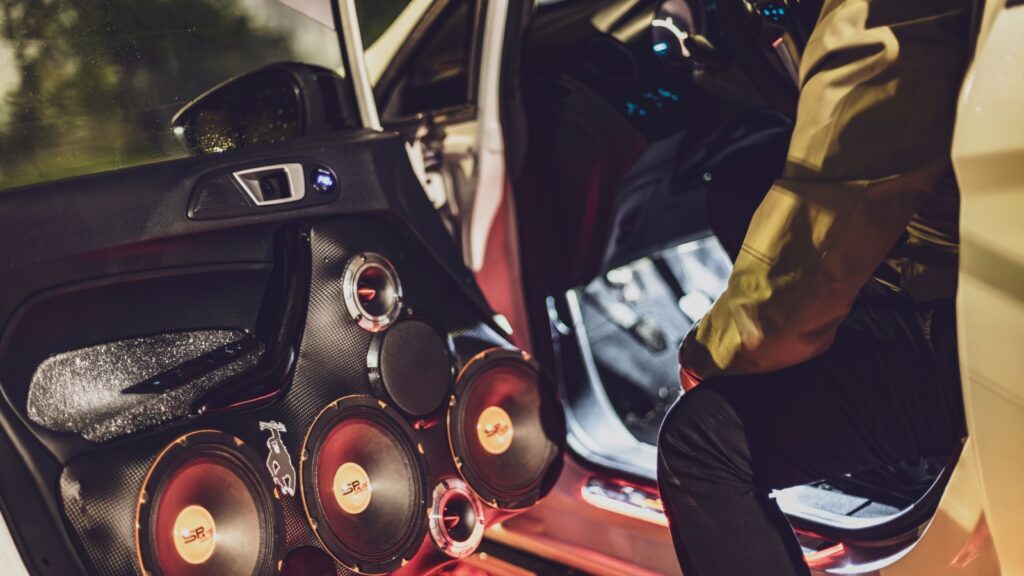When buying a new car, it’s easy to get swept up in the glossy brochures and sales pitches promising comfort, convenience, and cutting-edge technology. But many of the must-have features automakers push actually cost Canadians more than they’re worth. From high-tech add-ons that rarely get used to luxury touches that quickly lose their appeal, these extras often drain wallets without adding real value. Here are 17 car features Canadians waste money on without realizing:
Built-In Navigation Systems
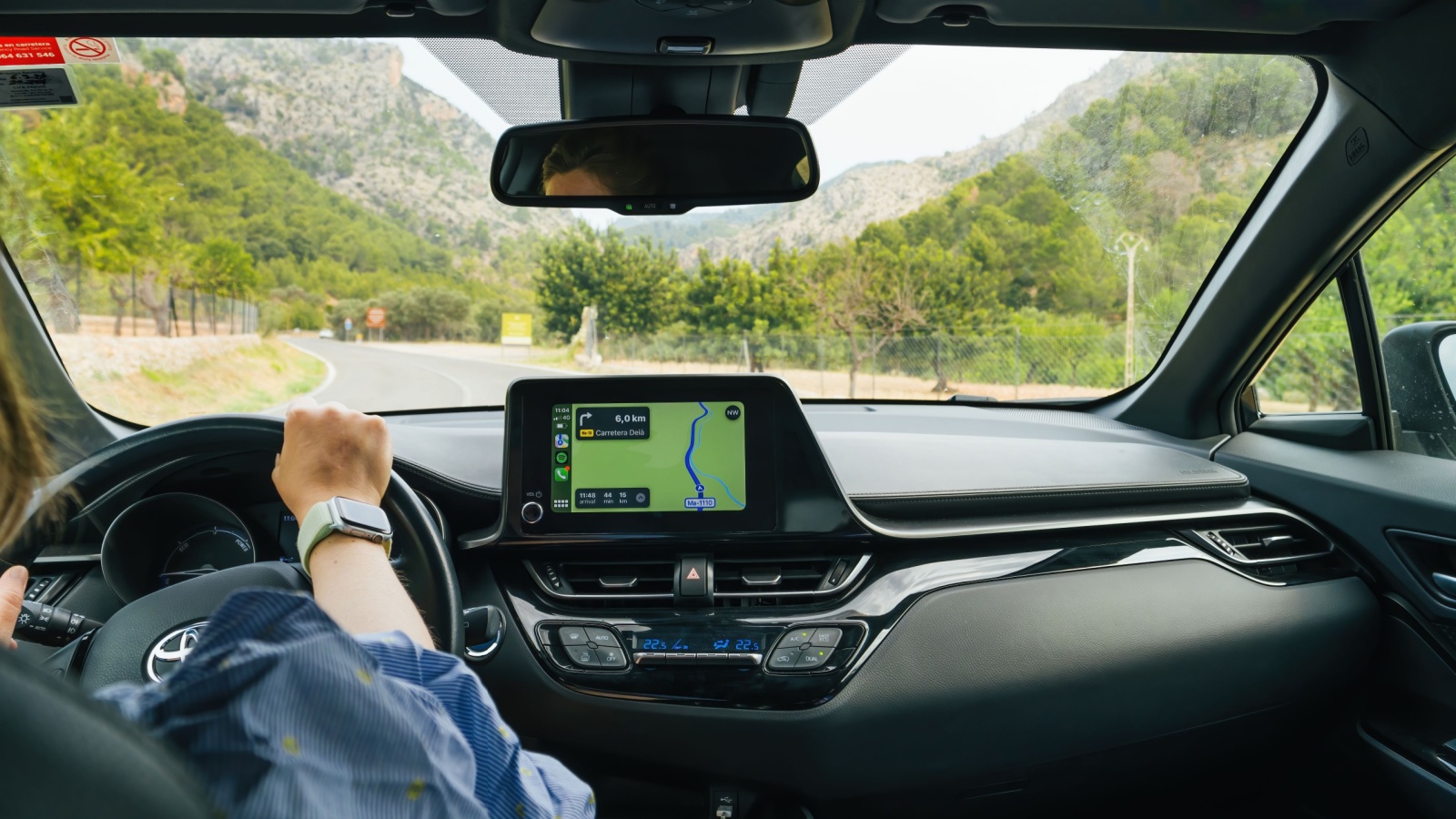
Most new vehicles offer built-in navigation, but these systems come with a steep upfront cost and pricey updates. In today’s world, smartphone apps like Google Maps or Waze outperform most factory systems, offering real-time traffic, construction, and accident alerts. Paying thousands for tech that becomes outdated in just a few years doesn’t make sense. Many Canadians regret the expense once they realize how rarely they use it compared to their phone. Unless bundled into a package you truly need, skipping built-in navigation can save money without sacrificing convenience.
Extended Warranties
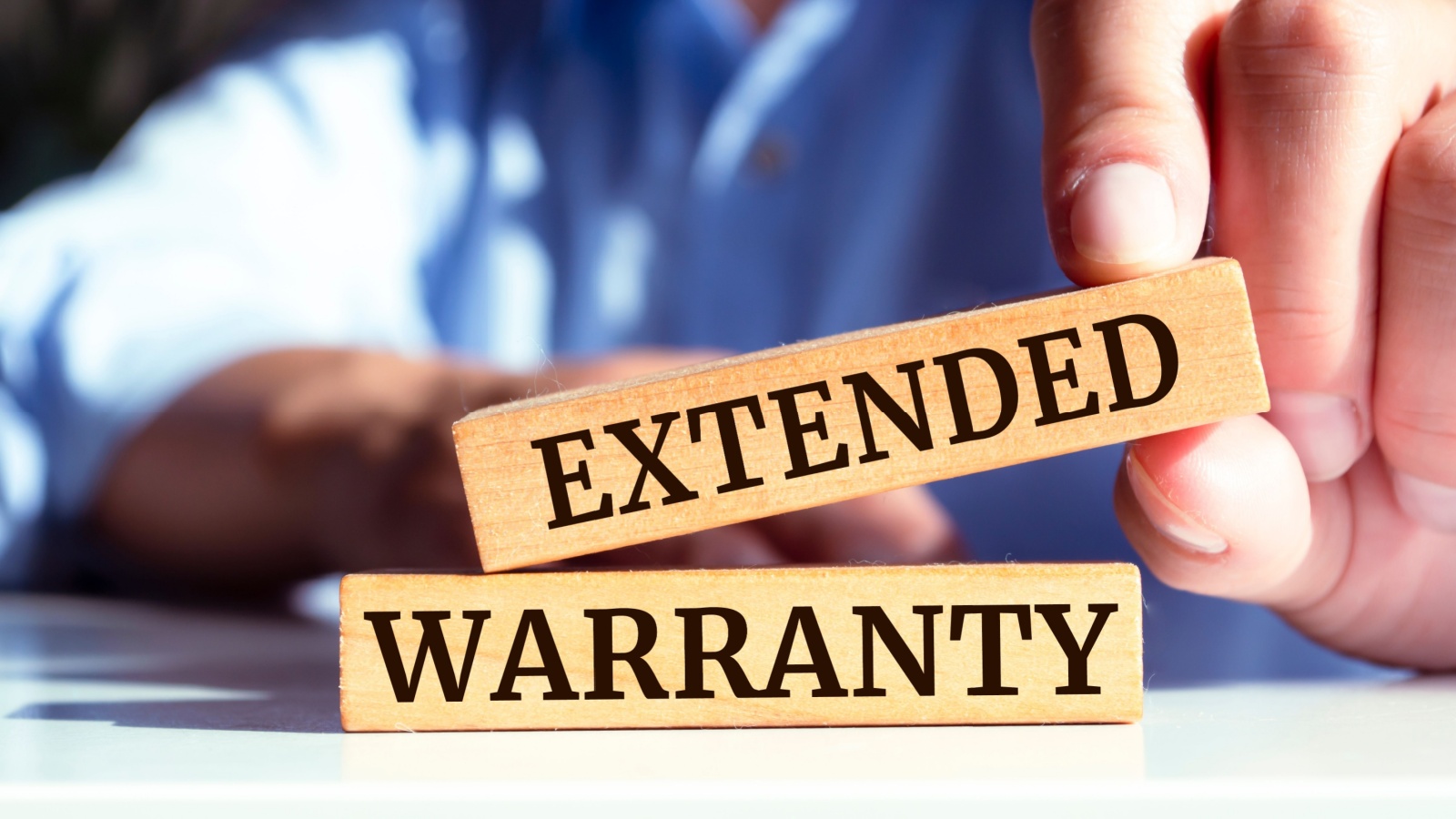
Extended warranties are one of the biggest upsells at dealerships, often costing thousands of dollars. While they promise peace of mind, most drivers never actually use them, as many repairs are already covered under the manufacturer’s standard warranty. Additionally, these warranties come with strict conditions and exclusions, leaving owners paying out of pocket anyway. Canadians often discover too late that they overpaid for coverage they didn’t need. Instead, setting aside money for potential repairs or relying on the standard warranty usually makes more financial sense. Extended warranties sound reassuring, but rarely provide real value.
Leather Upholstery

Leather seats might look sleek, but they come at a high cost both upfront and in maintenance. Many Canadians find leather impractical in extreme climates, as they become freezing cold in winter and scorching hot in summer. Families with kids or pets also deal with scratches and stains that wear down the material quickly. While automakers pitch leather as a luxury upgrade, synthetic alternatives like high-quality cloth or faux leather offer comfort and durability at a fraction of the price. For most drivers, paying extra for leather ends up being more about appearances than actual long-term benefit.
Premium Sound Systems
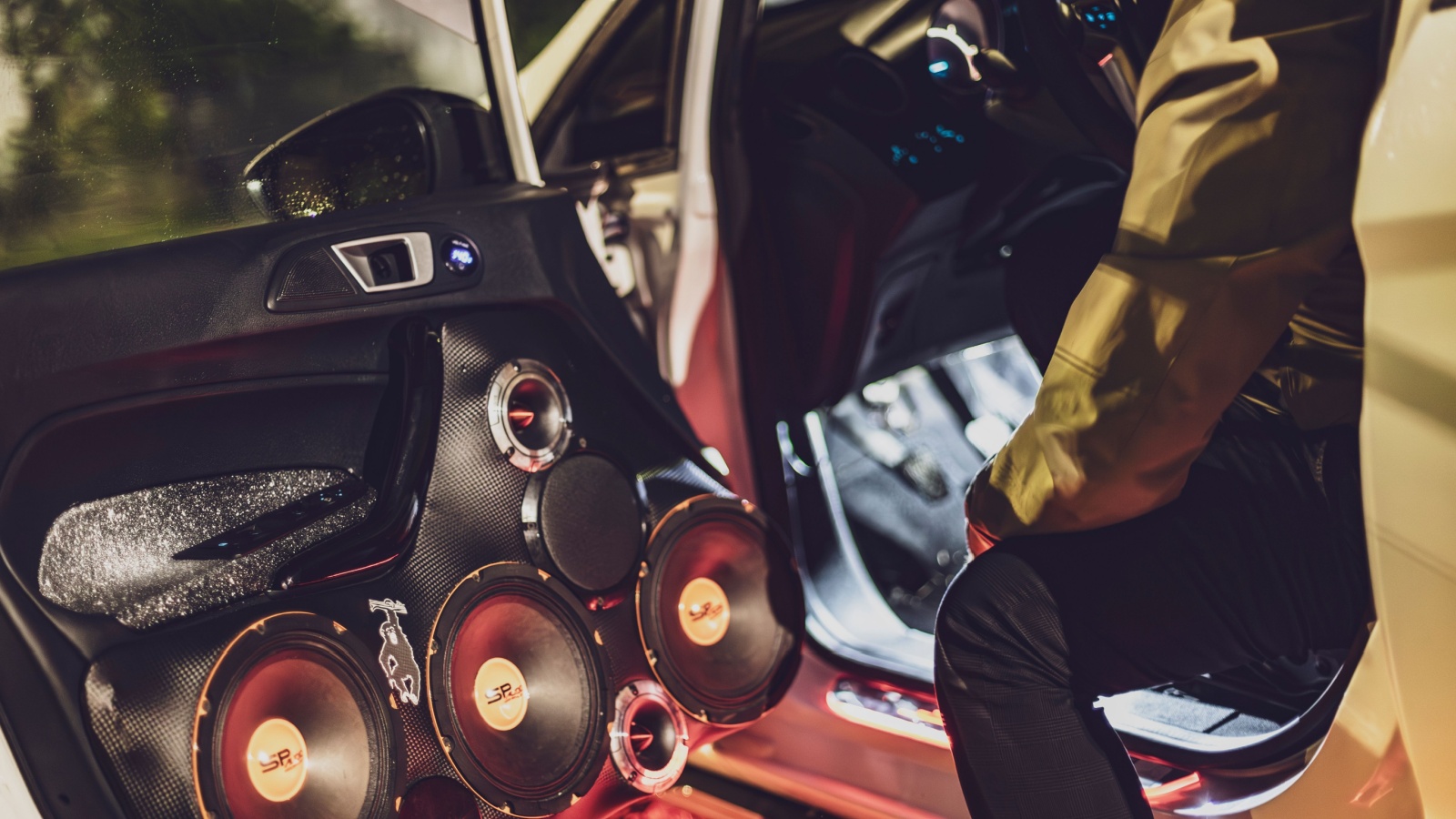
Automakers often upsell premium sound packages with fancy branding, but most drivers can’t tell the difference from standard audio while commuting. Unless you’re an audiophile who spends hours parked and listening, the added cost doesn’t deliver much value. Canadians often realize they’ve paid thousands for speakers that only sound marginally better in real-world driving conditions, where road noise drowns out subtleties. Modern factory systems are already solid, and pairing your smartphone with a streaming app often produces better results.
Sunroofs and Panoramic Roofs
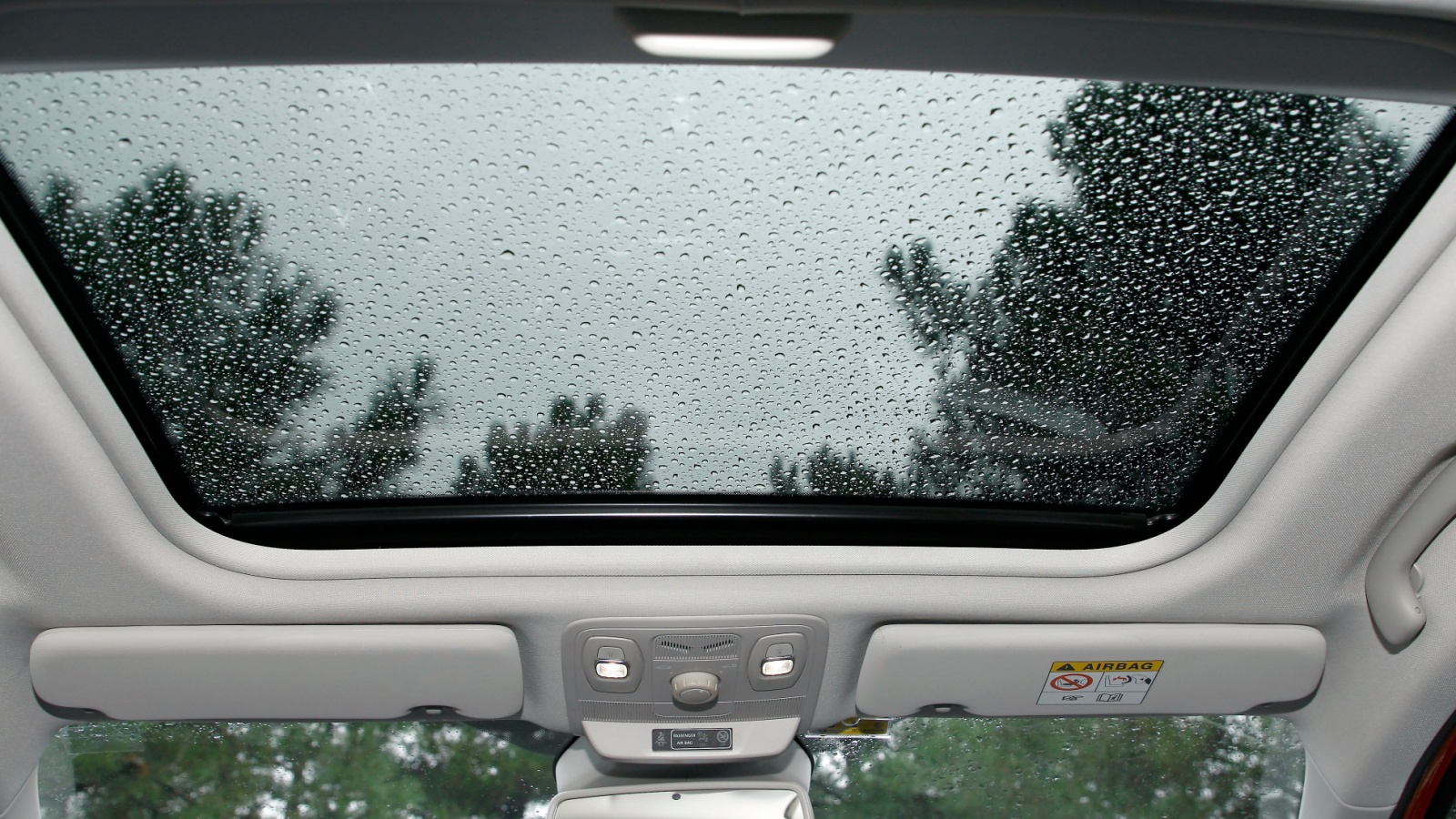
A sunroof or panoramic roof might feel luxurious, but it adds thousands to the sticker price while offering limited practical benefit. In Canada’s harsh winters, they’re often unusable for months and can lead to costly repairs if they leak or malfunction. Panoramic glass also reduces headroom and adds weight, slightly lowering fuel efficiency. While some drivers enjoy the extra light in summer, many regret the long-term maintenance headaches. For a feature used only occasionally, Canadians often find it’s not worth the expense, especially when resale value doesn’t significantly increase with this option.
Heated Rear Seats
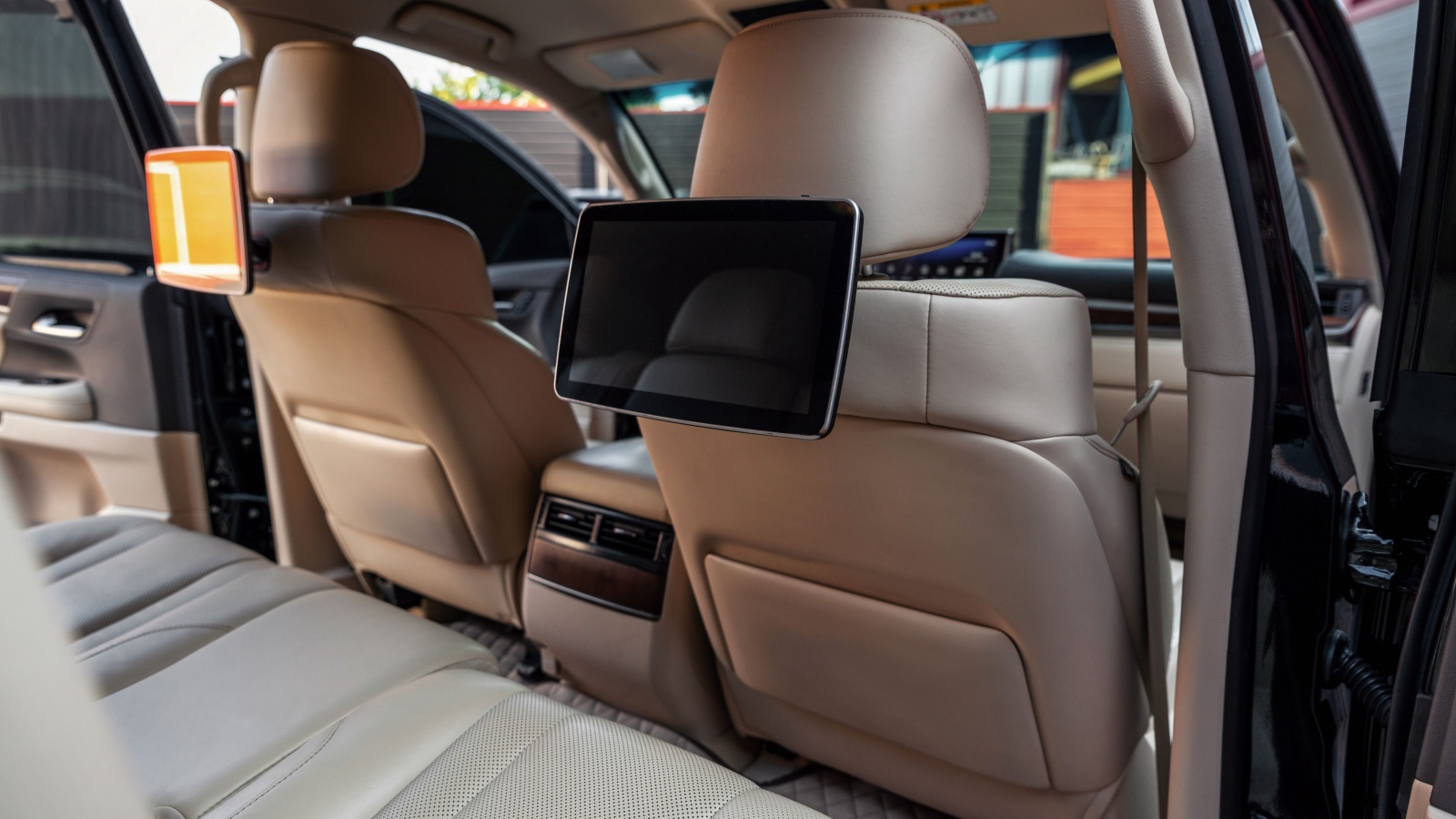
Front heated seats are a Canadian essential, but heated rear seats are not required as much. Automakers charge hundreds, sometimes thousands, for this feature, which often goes unused unless you regularly carry passengers in the back during winter. Many Canadians discover it’s an unnecessary luxury that adds little day-to-day comfort. Plus, it’s another element that can break, leading to repair costs down the road. While backseat passengers may appreciate the warmth once in a while, most owners realize they paid extra for a perk that doesn’t justify the added expense.
Ventilated Seats
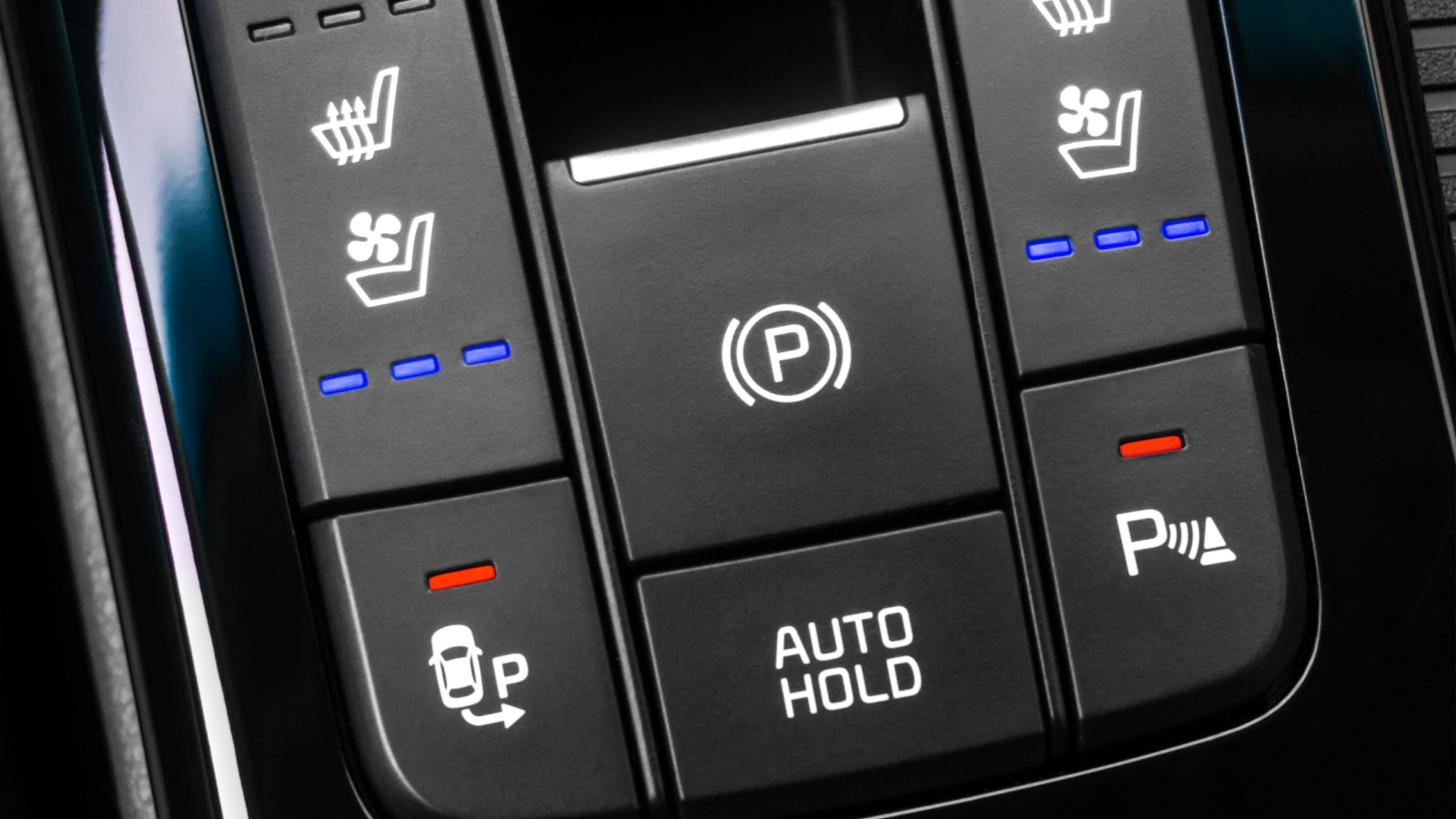
Ventilated seats sound appealing, especially for hot summer days, but in practice, they rarely live up to expectations. The airflow is often weak, barely making a difference when temperatures climb. Canadians, who deal with relatively short summers compared to long winters, end up paying for a feature that sees limited use. Ventilated systems also add complexity, increasing the risk of breakdowns. While luxury brands pitch them as a must-have, many drivers quickly realize they don’t justify the added cost, and for the few hot months each year, they’re more gimmick than game-changer.
Larger Wheels and Rims
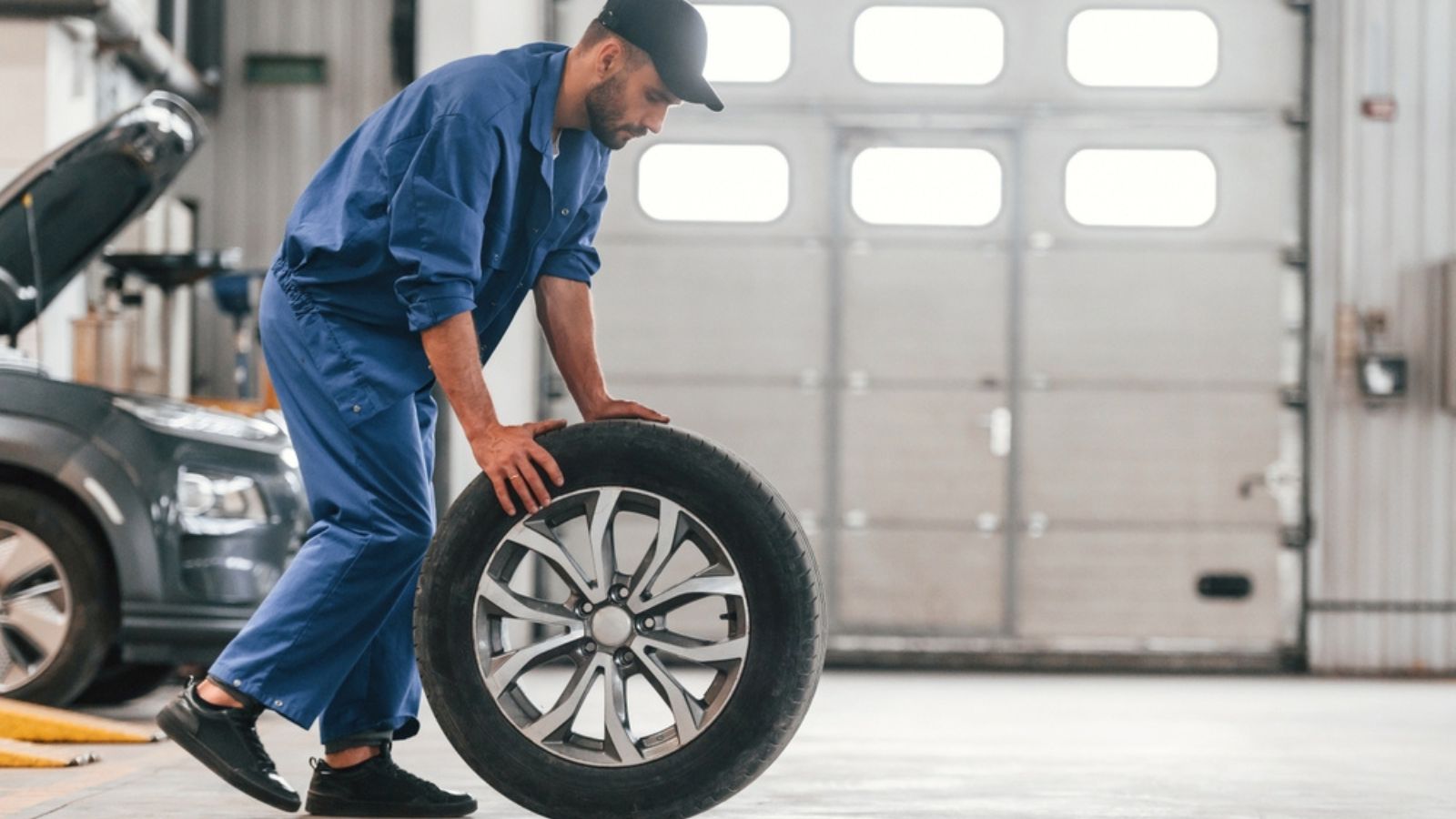
Upsized wheels may look stylish, but they are a money pit. Bigger rims require low-profile tires, which are more expensive to replace and more prone to damage from Canada’s potholes, and they also reduce ride comfort, making daily driving harsher. Automakers often package large wheels into costly trim upgrades, luring buyers with aesthetics, but Canadians often regret the decision when faced with $1,000+ replacement bills for damaged tires or bent rims. Standard wheel sizes offer a smoother, more affordable driving experience, and unless appearance is your top priority, larger wheels simply don’t provide good long-term value.
Built-In DVD Players
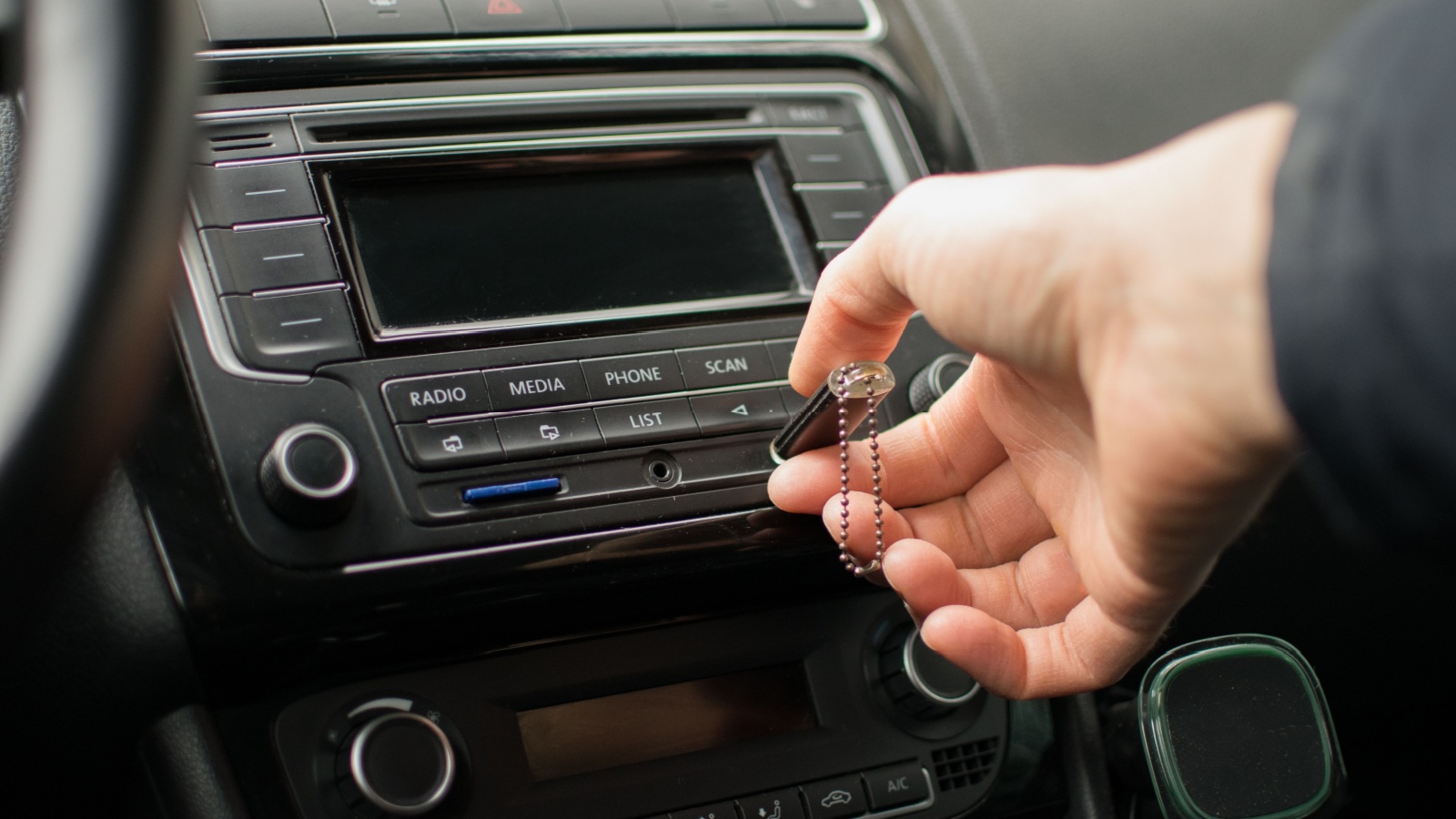
In the age of tablets and smartphones, paying extra for a built-in DVD entertainment system doesn’t make much sense. These systems can cost thousands upfront, and they become outdated quickly as technology shifts. Families often realize too late that portable devices are more flexible, affordable, and entertaining for kids. Canadians with long road trips in mind often regret splurging on a feature that duplicates what a simple tablet setup could achieve. Built-in players also take up space and are costly to repair if they malfunction.
Adaptive Suspension Systems
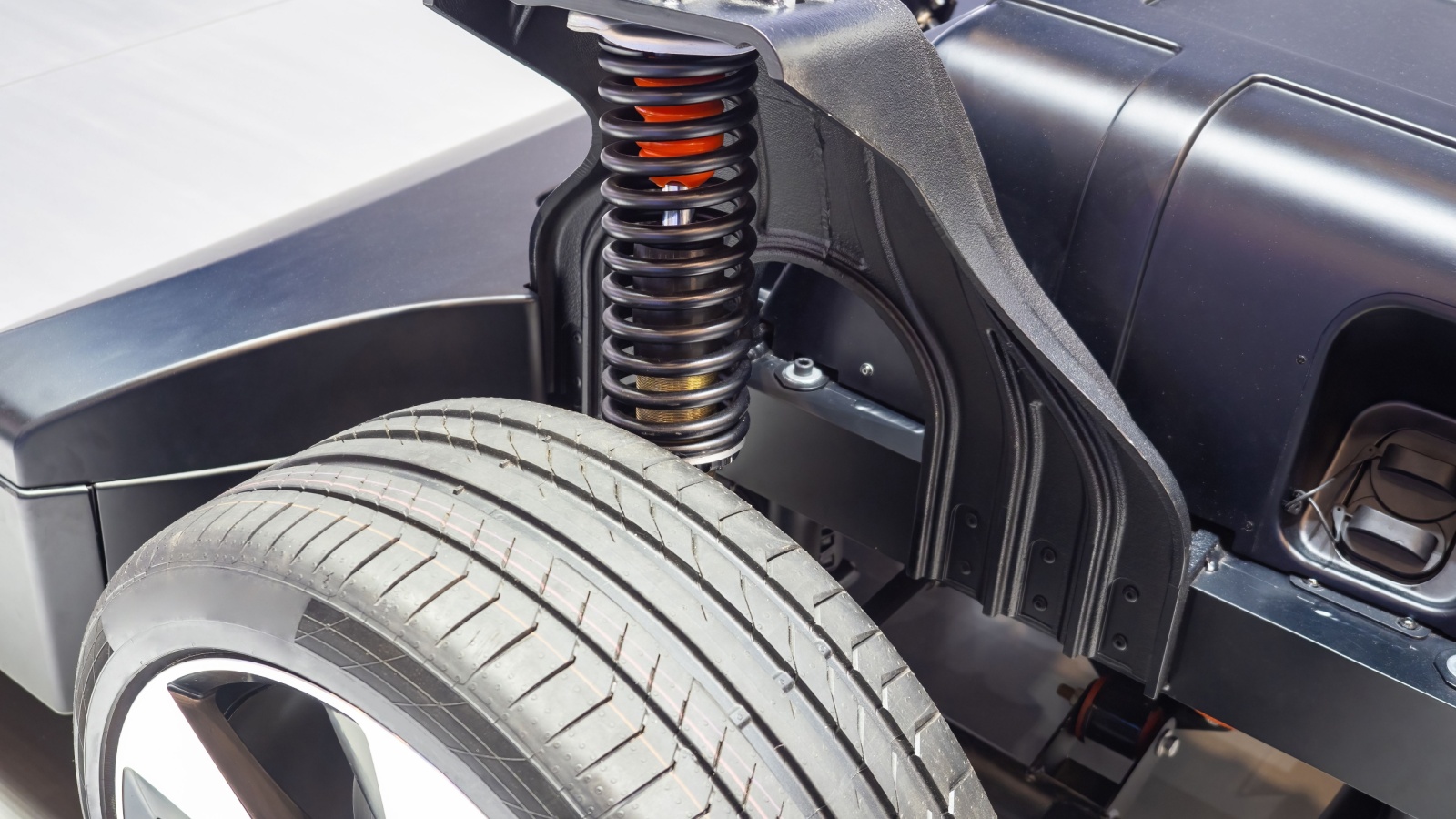
Adaptive suspensions promise customizable comfort and handling, but they add complexity and cost. For most Canadians, who spend more time commuting in traffic than racing on winding roads, the difference is barely noticeable. When these systems fail, which they often do, repairs can be extremely expensive, and drivers often regret paying thousands upfront for technology that doesn’t enhance their everyday experience. Standard suspensions on modern cars already deliver a comfortable, reliable ride. Unless you’re a performance enthusiast, adaptive suspension ends up being an overpriced feature that offers more headaches than benefits in real-world Canadian driving conditions.
Gesture Controls

Some newer vehicles now feature gesture controls, allowing drivers to wave their hands to adjust volume or change settings. While it sounds futuristic, it is notoriously finicky and often misreads inputs, and Canadians quickly realize it’s easier, faster, and safer to use buttons or steering-wheel controls. This flashy tech adds to the car’s price without improving convenience in daily driving. Many reviews confirm that gesture systems are more frustrating than functional, and buyers often regret falling for the gimmick when simpler, more reliable controls already do the job perfectly.
Wireless Charging Pads
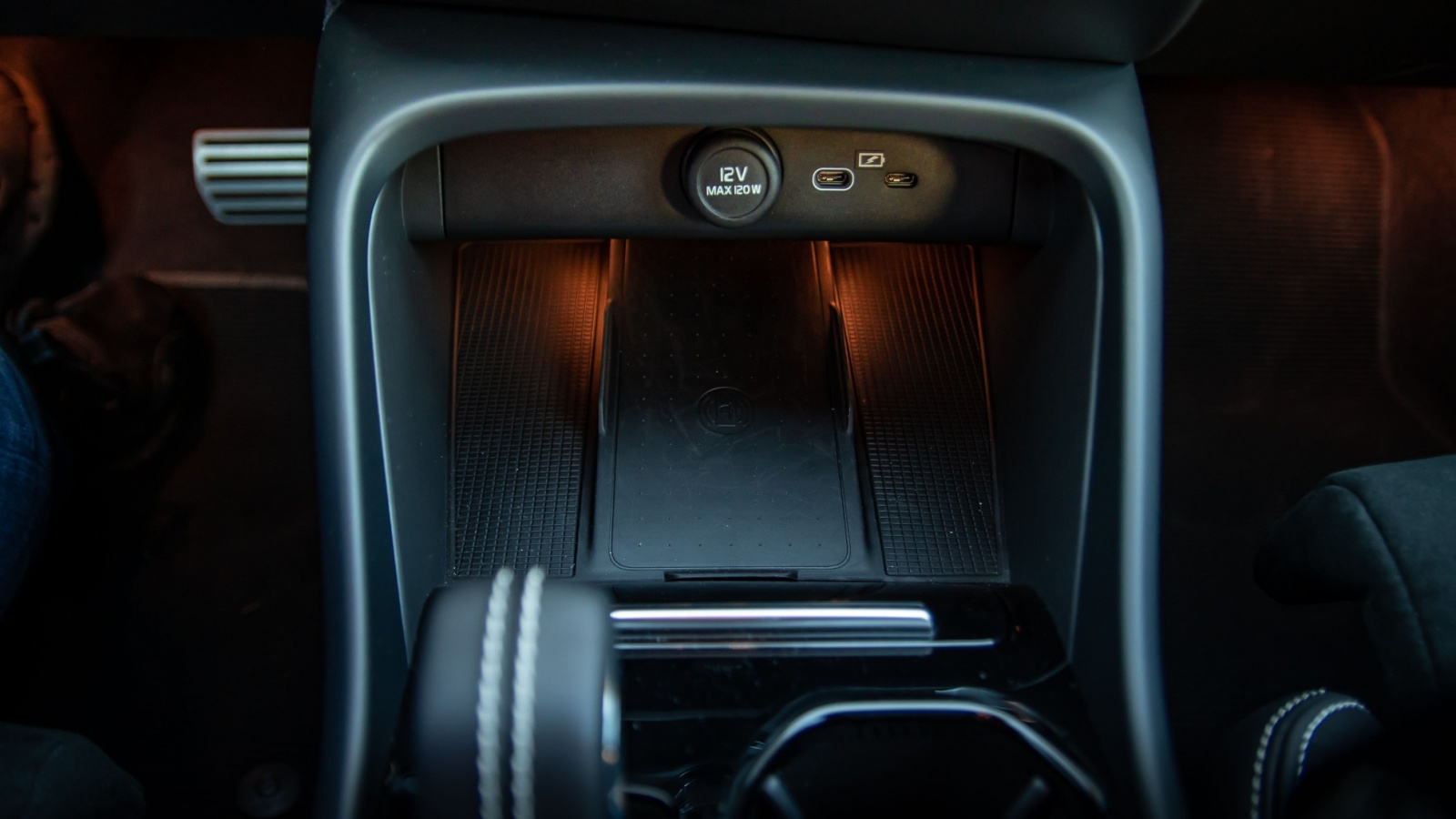
Wireless charging pads in cars seem convenient, but are surprisingly inefficient. They often charge more slowly than standard cables, generate extra heat, and may not work with phone cases. Canadians frequently find themselves plugging in anyway, especially for faster charging during long trips. Automakers bundle this feature into pricey tech packages, making it more expensive than simply buying a quality cable. Over time, most owners realize the pad is just a rarely used gimmick that takes up space in the console, making it a flashy add-on that rarely delivers practical value for the price.
Automatic Parking Systems
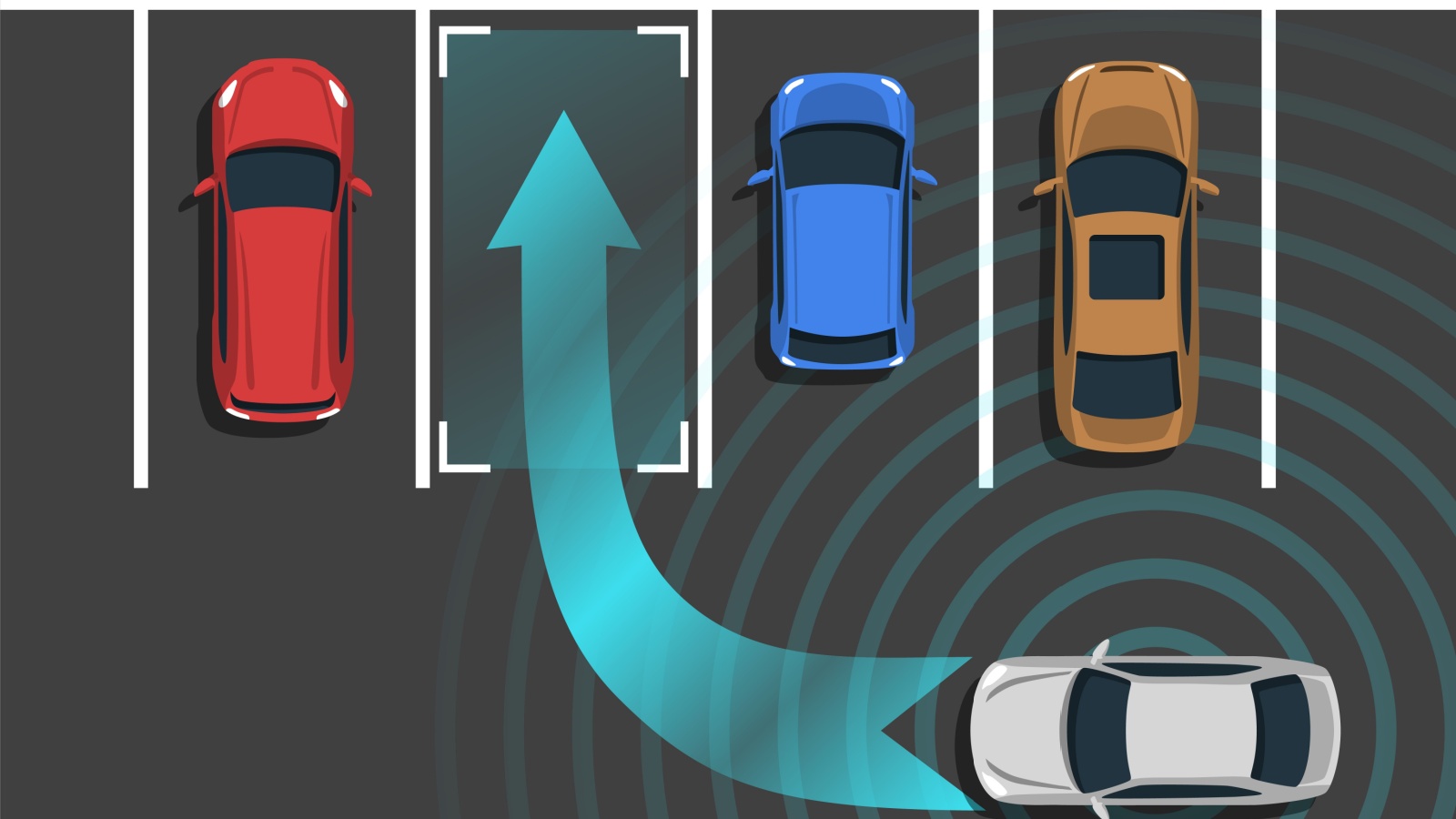
Self-parking systems are heavily marketed as a stress-saver, but most Canadians rarely use them. These systems can be slow, clunky, and not always accurate, often requiring multiple corrections. In tight downtown spaces, many drivers find it quicker and safer to park themselves. Automatic parking also adds to the vehicle’s price tag and introduces extra sensors that can fail or require calibration. What seems like a futuristic feature often ends up forgotten after the first few tries, and while it might impress friends once or twice, Canadians soon discover it’s not worth the premium.
Keyless Entry Upgrades
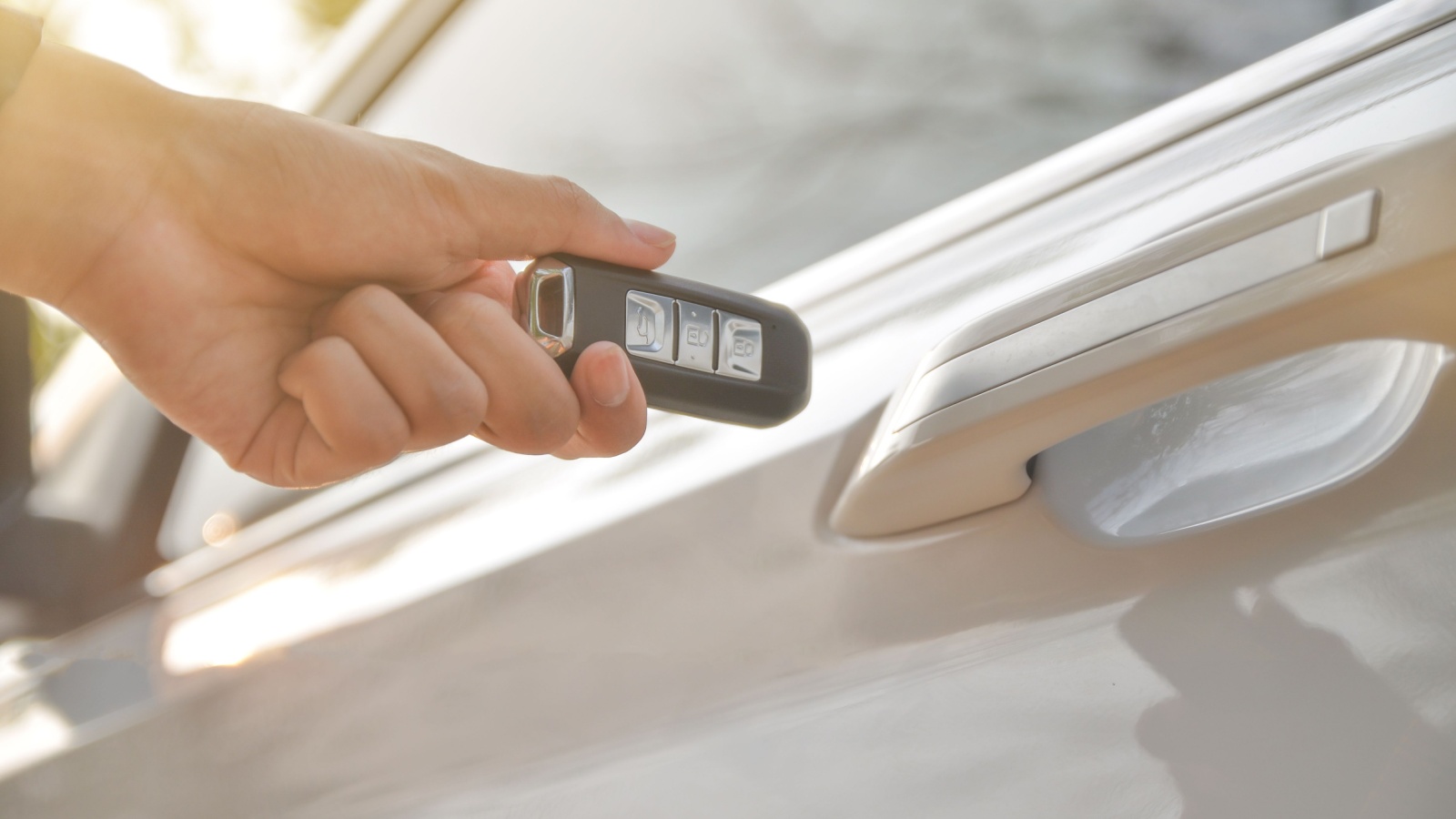
Basic keyless entry is standard on most vehicles, but automakers upsell advanced systems with proximity sensors and fancy features. While convenient, these upgrades often cost more than they’re worth, and they also make vehicles more vulnerable to relay attacks and theft, which have been on the rise in Canada. Many owners realize they paid for tech that introduces more risk than benefit. Standard remote entry already gets the job done reliably. Spending hundreds extra for proximity-based keyless entry often ends up being a waste, especially when weighed against the added security concerns.
Rear-Seat Entertainment Screens
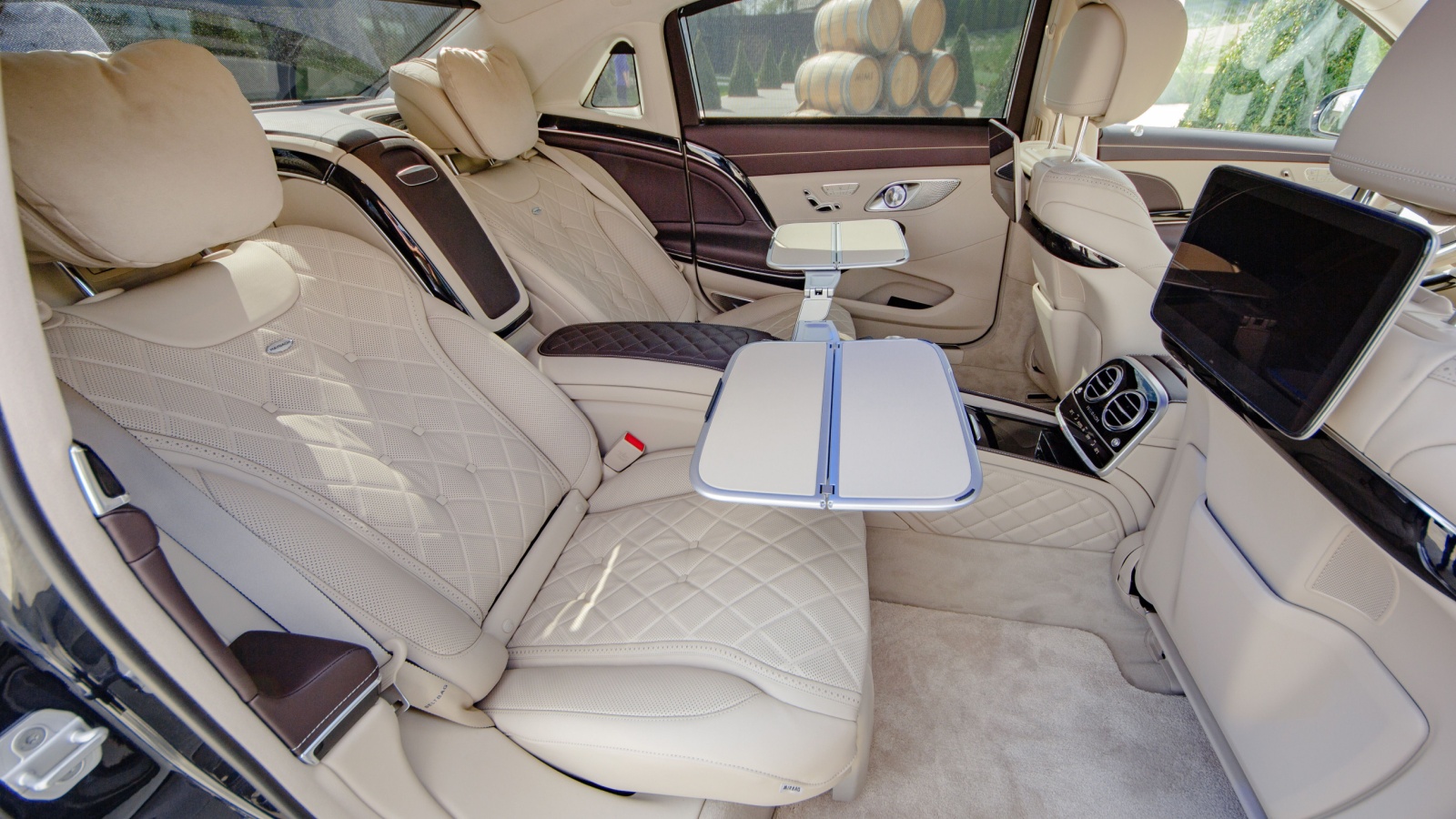
Much like DVD players, rear-seat entertainment screens are redundant in today’s tech-filled world. Tablets and smartphones offer more flexibility, better content, and portability. Automakers charge thousands for built-in screens that lock buyers into outdated hardware. Canadians often regret paying for a system that their kids stop using once they discover Netflix or YouTube works better on personal devices. Repairs or replacements are also costly, and for long family road trips, portable solutions make far more sense. Rear-seat screens may look sleek at purchase, but quickly become one of the most regretted add-ons for modern car buyers.
Ambient Lighting Packages
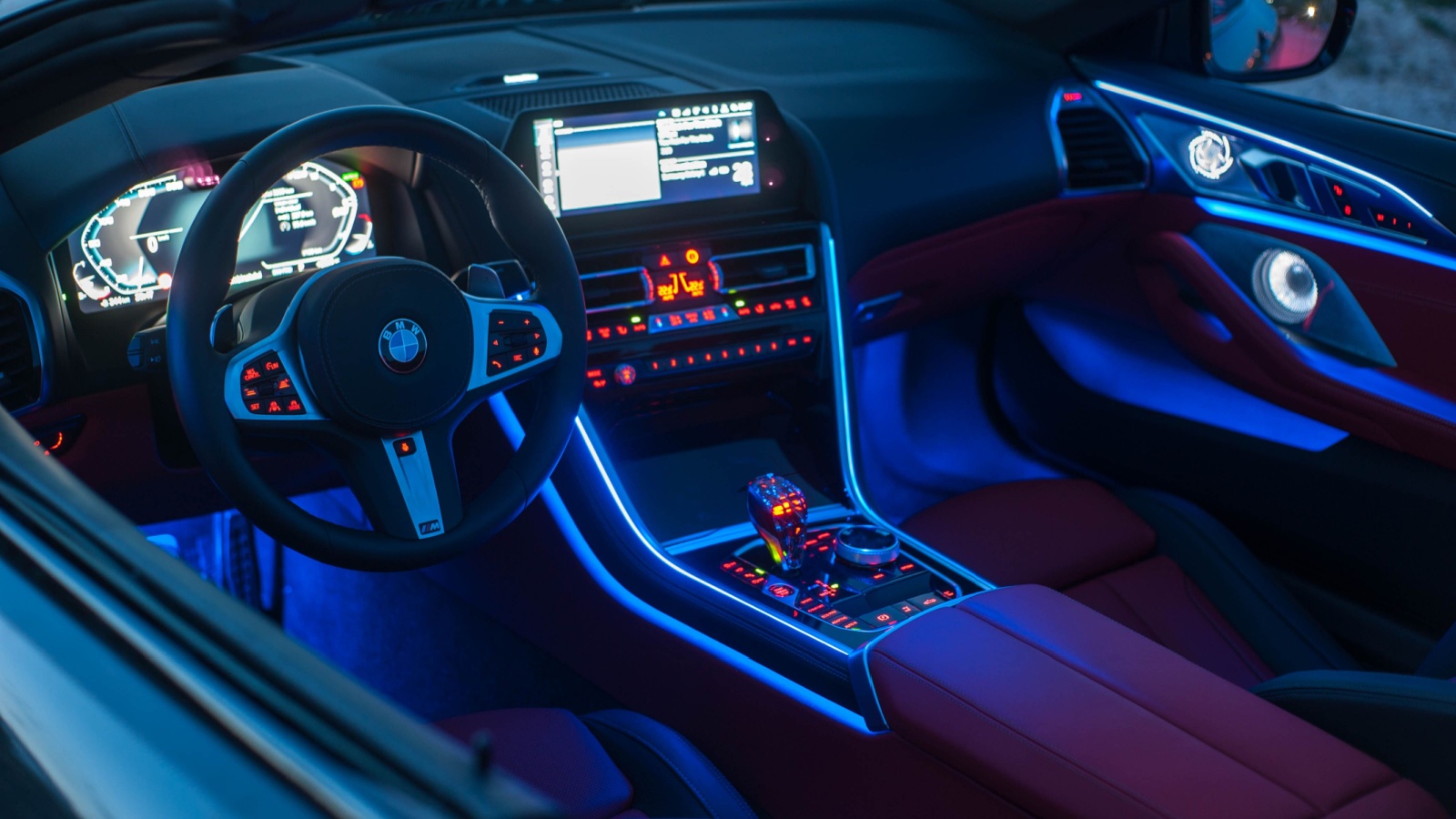
Customizable cabin lighting in dozens of colors might feel fun at first, but it’s a novelty that wears off quickly. Automakers sell ambient lighting packages as part of premium trims, but most Canadians rarely adjust them after the first few days. It adds to the car’s price without enhancing safety, comfort, or performance, but drivers often realize later that they paid hundreds, sometimes thousands, for a gimmick best suited to showrooms. While it can make interiors look stylish at night, ambient lighting is a textbook example of paying for flash over function.
Roof Racks and Carriers
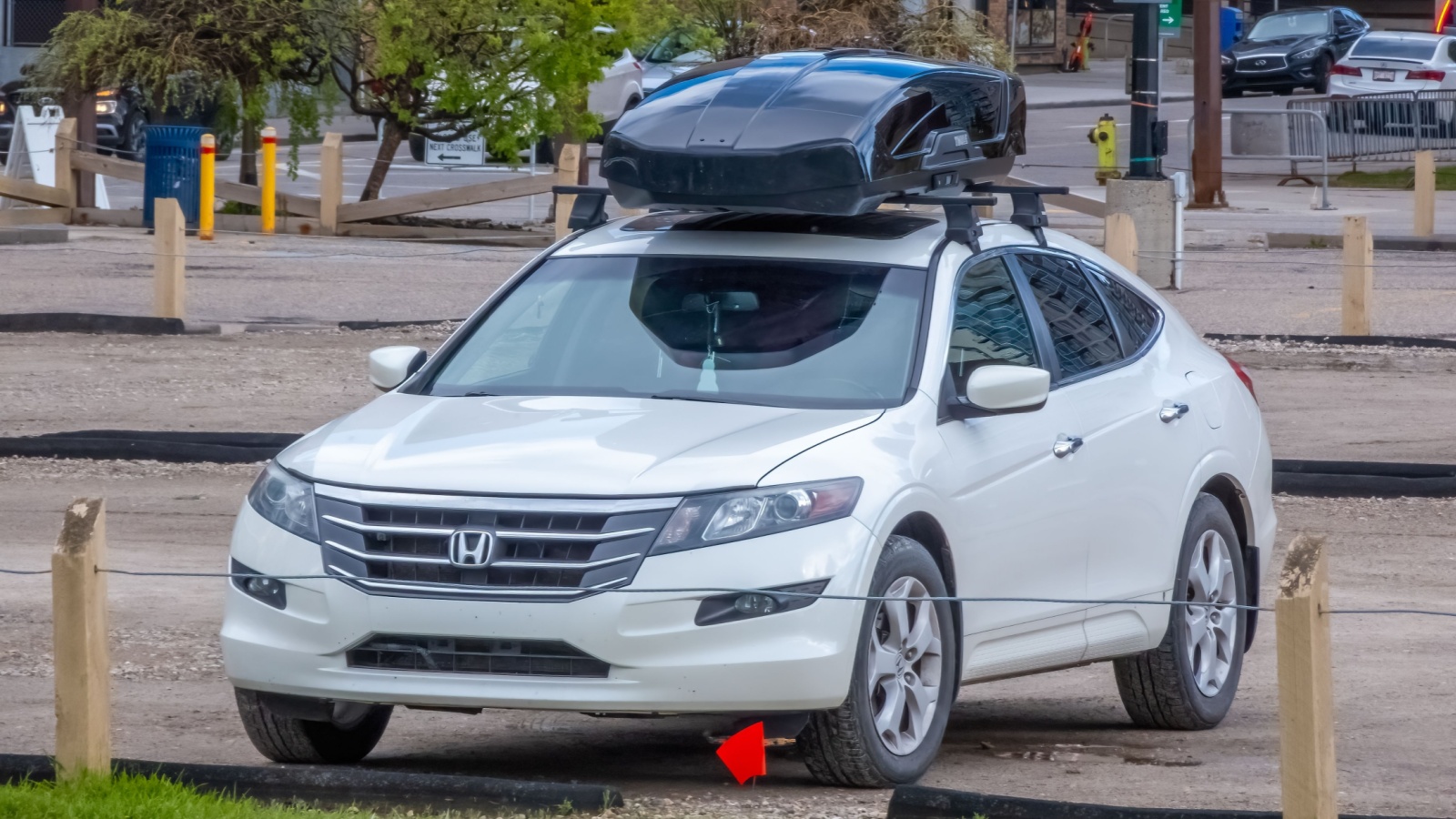
Factory-installed roof racks and carriers often cost significantly more than aftermarket alternatives, yet many Canadians buy them with their new car. But the problem is that many rarely use them. For drivers who only go skiing or camping once or twice a year, the racks spend most of their time adding drag and lowering fuel efficiency. Aftermarket racks are cheaper, removable, and just as functional. While some outdoor enthusiasts get value, the average driver often ends up wasting money on a feature they rarely use.
21 Products Canadians Should Stockpile Before Tariffs Hit

If trade tensions escalate between Canada and the U.S., everyday essentials can suddenly disappear or skyrocket in price. Products like pantry basics and tech must-haves that depend on are deeply tied to cross-border supply chains and are likely to face various kinds of disruptions
21 Products Canadians Should Stockpile Before Tariffs Hit
